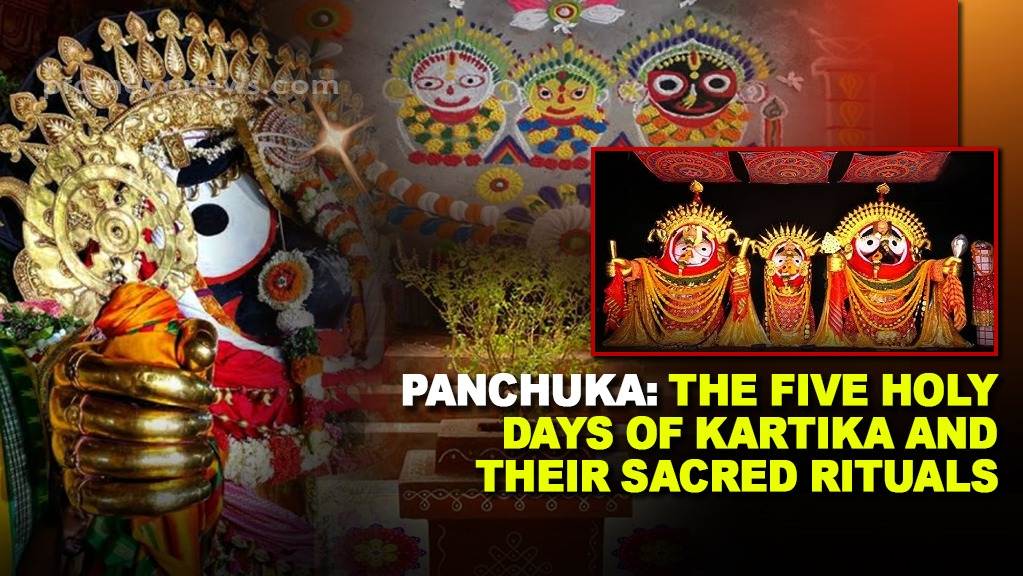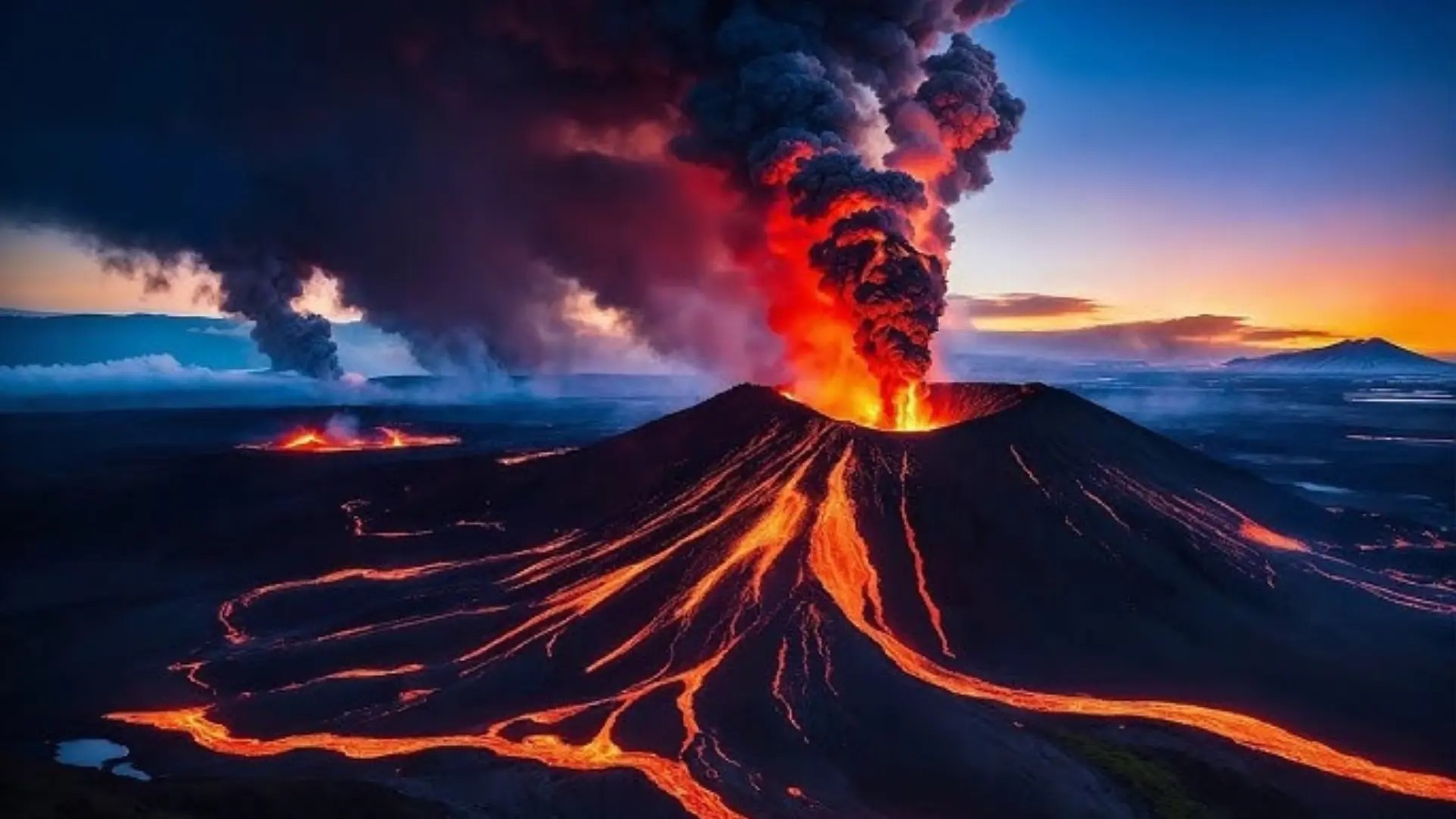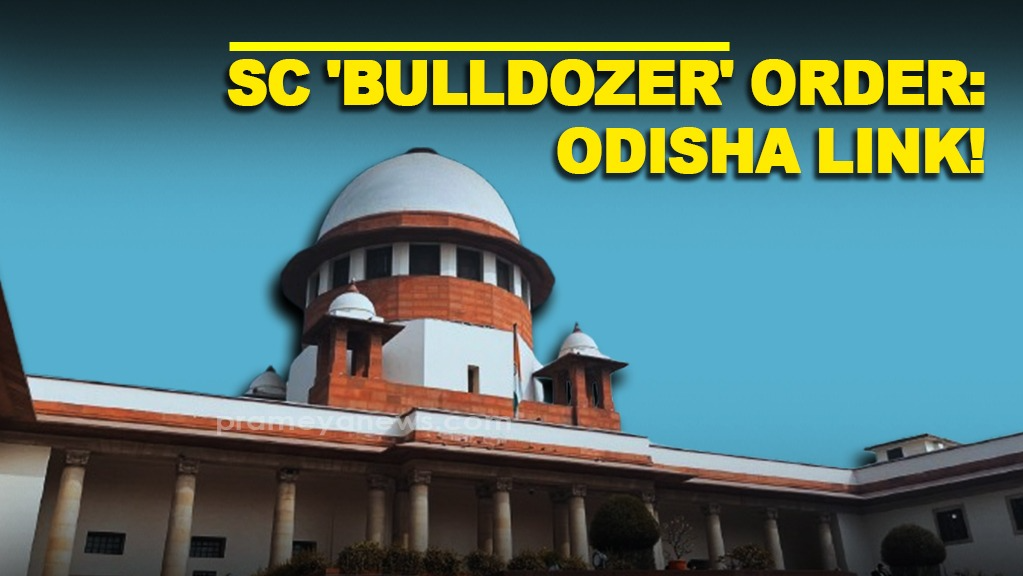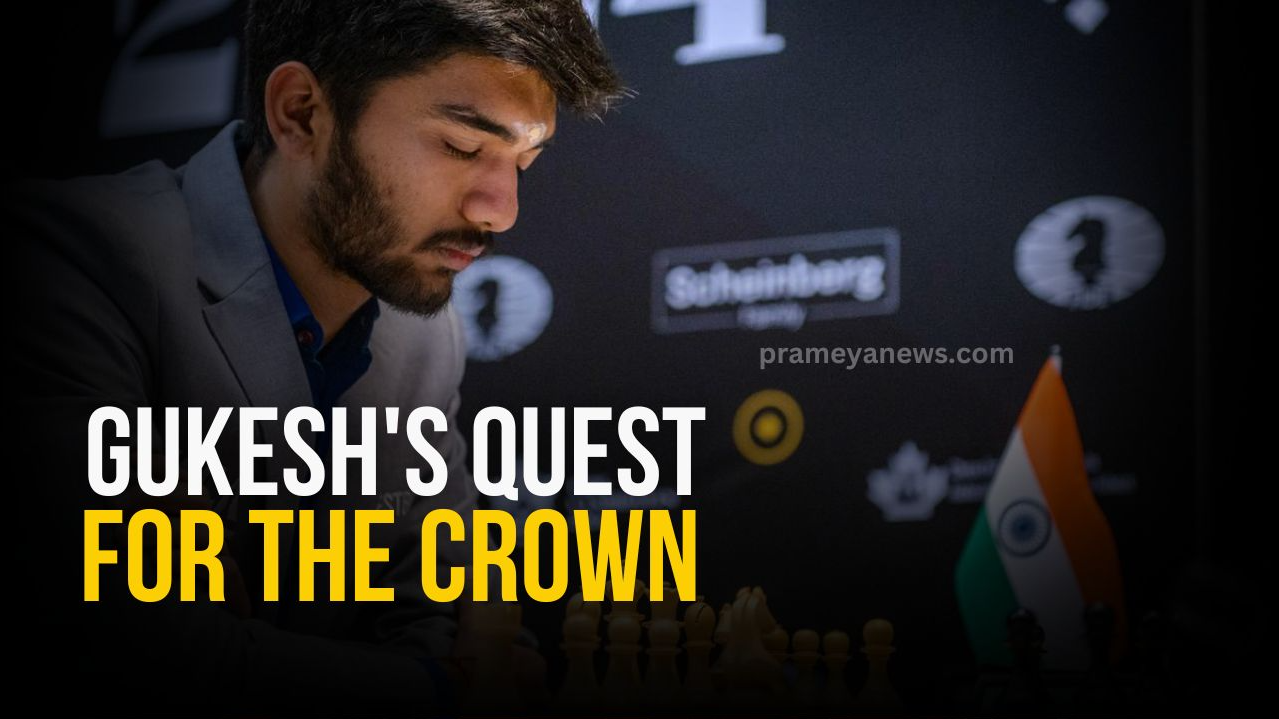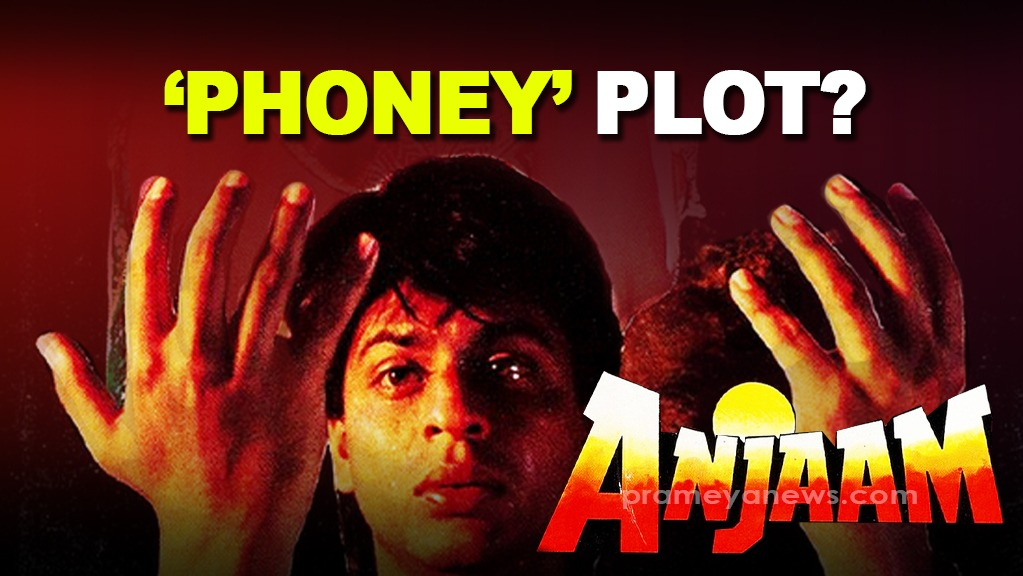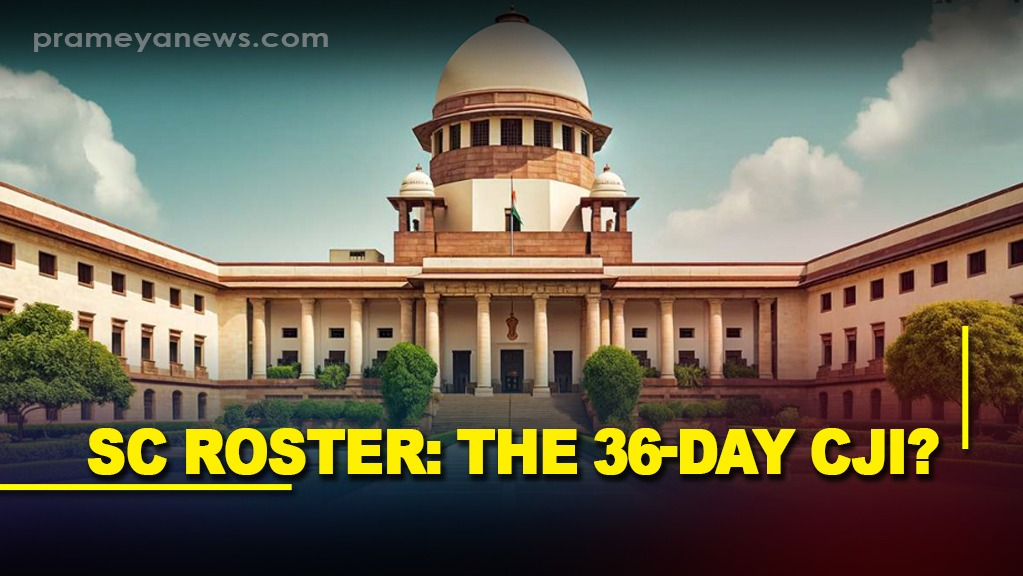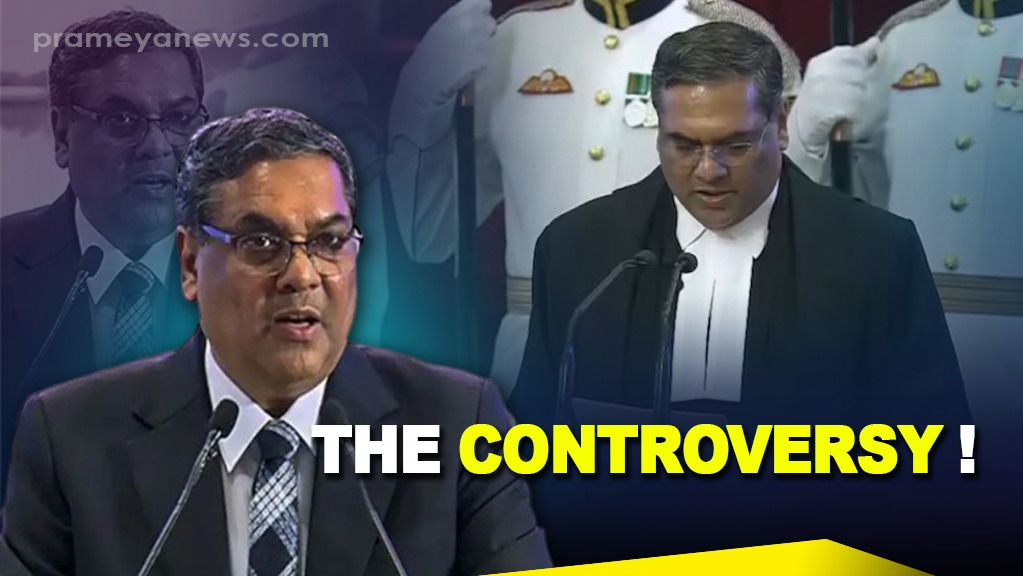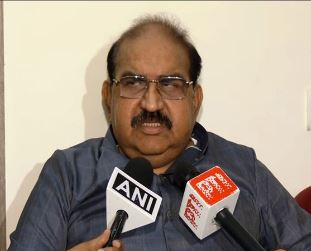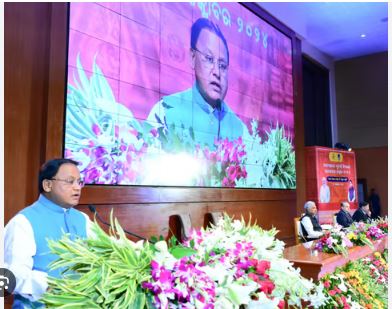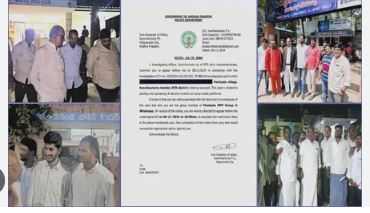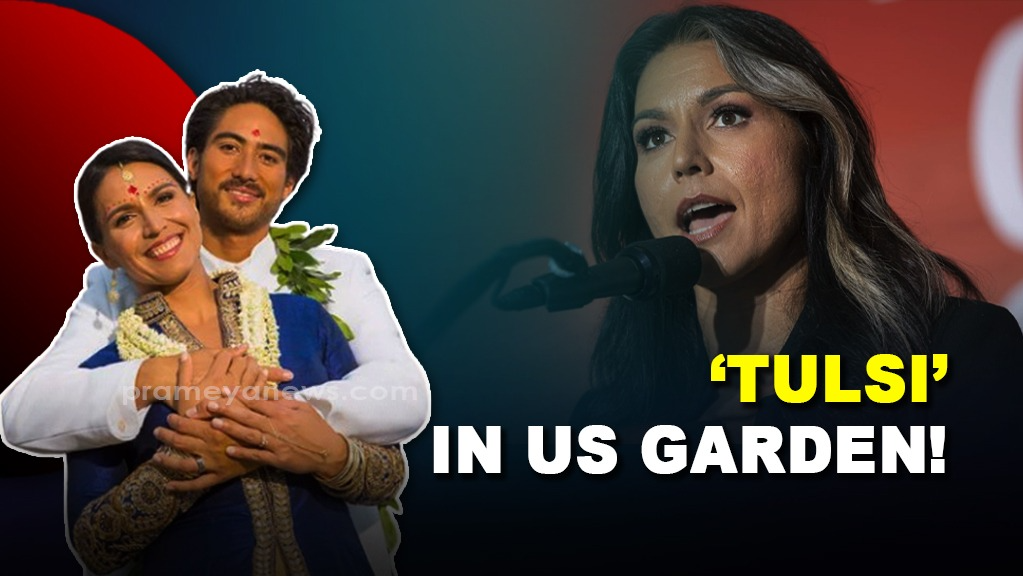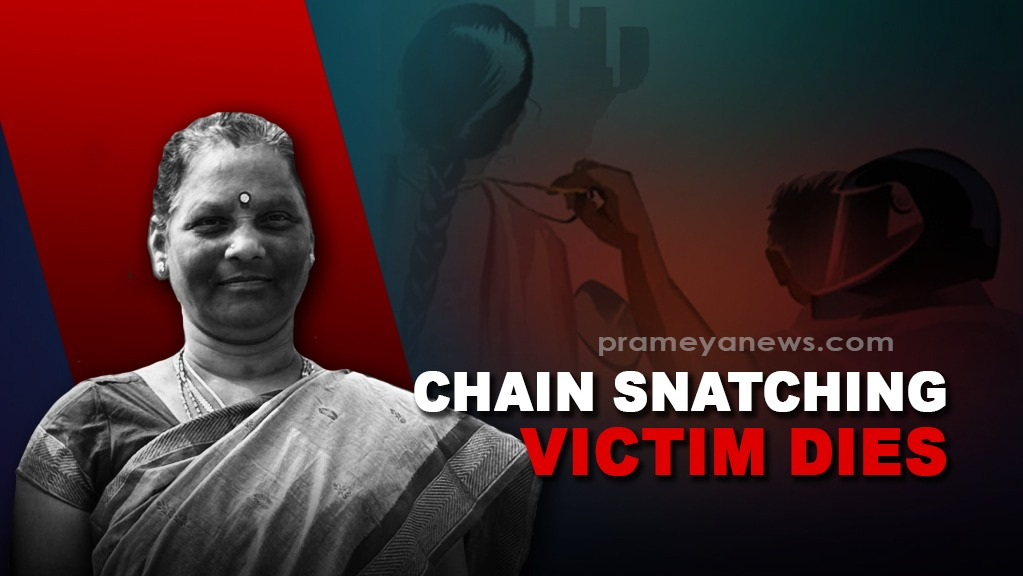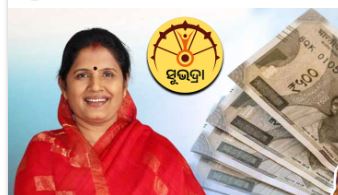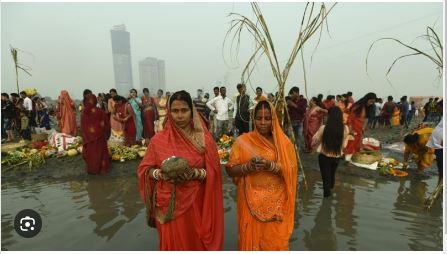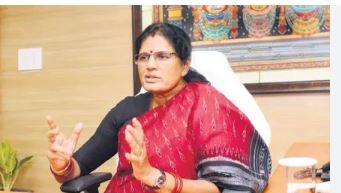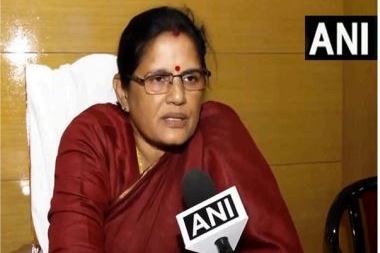As the sun dips below the horizon and the full moon casts its silvery glow, Odisha enters the most sacred phase of Kartika, the holiest month in the Odia calendar. This period, known as Panchuka, marks the culmination of a month-long journey of devotion, austerity, and spiritual renewal. It's a time when the divine presence of Mahaprabhu Jagannath, the presiding deity of Odisha, is believed to be most potent, drawing devotees from all corners of the state and beyond to the hallowed Jagannath Temple in Puri.
Panchuka, spanning the last five days of Kartika, is a tapestry woven with unique rituals, vibrant traditions, and deep-rooted beliefs. It's a time for introspection, purification, and seeking blessings for both spiritual and worldly well-being.
The Significance of Panchuka:
- Spiritual purification: Panchuka is a period of intense spiritual cleansing, where devotees abstain from non-vegetarian food and engage in various rituals to honor deities. This purification process is believed to cleanse the soul and prepare individuals for the blessings of Kartika Purnima, the full moon day that marks the culmination of the month.
- Divine manifestations: Each day of Panchuka, Mahaprabhu Jagannath, along with his siblings Balabhadra and Subhadra, is adorned in a unique "besha" (attire) that represents a specific divine manifestation. These beshas, revealed only during this auspicious period, offer devotees a glimpse into the multifaceted nature of the divine and evoke a sense of awe and reverence.
- Cultural heritage: Panchuka embodies the rich cultural heritage of Odisha, showcasing the intricate rituals, artistic expressions, and deep-rooted beliefs that have been passed down through generations. It's a time when communities come together to celebrate their shared spiritual identity and reaffirm their connection to the divine.
The Five Sacred Beshas:
Each day of Panchuka is associated with a distinct besha that holds profound spiritual significance:
- Lakshmi-Narayana Besha (Ekadashi): This attire honors the divine couple, Lakshmi and Narayana, symbolizing unity, harmony, and the protection of devotees.
- Bankachula Besha (Dwadasi): This besha represents the grace and protection offered by the divine couple during times of difficulty and adversity. It serves as a reminder that the divine is always present to guide and support devotees through life's challenges.
- Tribikram Besha (Trayodasi): Symbolizing the mighty steps of Lord Vishnu in his Vamana avatar, this attire highlights his divine power to encompass the entire universe. It represents the omnipresence and omnipotence of the divine.
- Lakshmi-Nrusingha Besha (Chaturdasi): This besha depicts Lord Narasimha, the fierce lion-headed avatar of Vishnu, who protects devotees from evil and injustice. It symbolizes the divine power to vanquish negativity and uphold righteousness.
- Raja Rajeswari Besha (Purnima): The grandest of all the attires, this besha is associated with the supreme goddess energy, Raja Rajeswari. It marks the culmination of Kartika and celebrates the divine feminine principle, representing power, creation, and abundance.
Habisha: The Sacred Diet of Kartika
Throughout the month of Kartika, many devotees observe a fast and consume a simple, sattvic diet known as Habisha. This diet excludes certain vegetables and condiments, promoting purity and facilitating spiritual focus.
- Significance of Habisha:
- Purification: The restrictions on certain foods are believed to cleanse the body and mind, facilitating spiritual growth and enhancing the benefits of the Kartika fast.
- Discipline and self-control: Adhering to the Habisha diet cultivates discipline and self-control, qualities that are essential for spiritual progress.
- Focus on the divine: By simplifying the diet and abstaining from indulgent foods, devotees can focus their attention on spiritual practices and deepen their connection with the divine.
Kartika Purnima: The Grand Culmination
The final day of Kartika, known as Kartika Purnima, is a day of grand celebrations and spiritual significance. It marks the culmination of the month-long observance and is associated with several important rituals:
- Boita Bandana: This unique festival celebrates Odisha's rich maritime history, commemorating the seafaring traditions of Odia merchants who once sailed to distant lands for trade. People gather at riverbanks and float miniature boats made of leaves and lamps, offering prayers and honoring their ancestors.
- Holy Dip: Devotees take a sacred dip in the sea or rivers, believing that the waters on Kartika Purnima possess purifying and healing properties.
- Conclusion of Kartika Brata: Those who have observed the Kartika Brata (vow) throughout the month conclude their fast and offer prayers to Lord Jagannath, seeking his blessings and expressing gratitude for his divine grace.
Kartika, with its culmination in Panchuka and Kartika Purnima, is a testament to the deep-rooted spirituality and cultural richness of Odisha. It's a time for introspection, devotion, and community bonding, reaffirming the enduring connection between the people of Odisha and their divine heritage.



